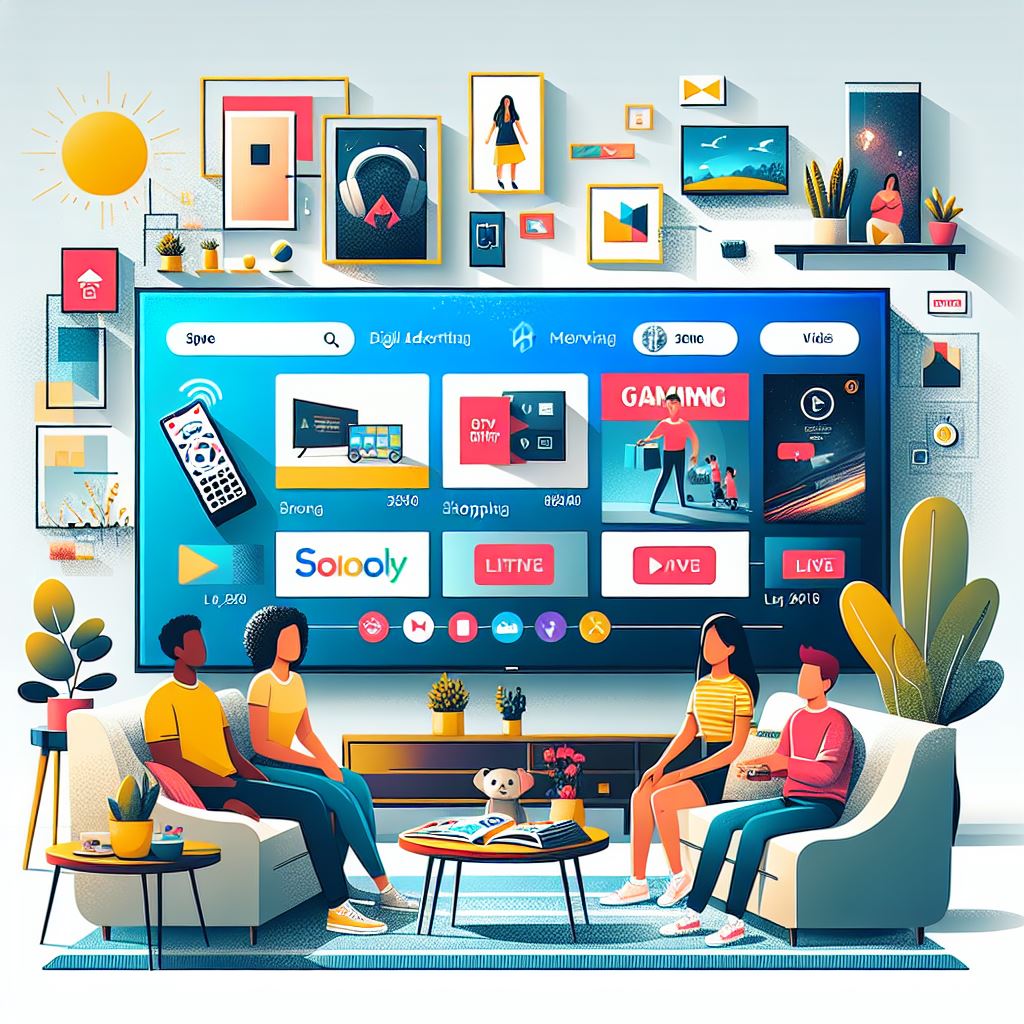With the evolution of technology and increasing digital literacy, the way we consume content has evolved. For brands, this has become an opportunity to create content for engaging customer experience. The growth of digital content consumption is driven by the proliferation of different content formats consumed. As digital content consumed by the new-age customer is on a rise and so is the consumer’s preferences and expectations.
Here are 6 new-age consumer preferences for viewing and sharing content:
1. Sharing on social media
Although there is a general love-hate relationship between social media and users due to privacy issues, most millennials and Gen Z look to social media when they wish to share, promote or simply browse through content. With social media platforms such as Facebook offering a host of engagement options in the form of multiplayer games, live cast, an online marketplace, its billion+ users are spending countless hours every day on Facebook.
2. Engaging with podcasts
Consumers have a new voice. Quite literally. Be it a political podcast or a podcast listing new fashion trends, consumers are finding it easier to learn more about something they are interested in by simply downloading digital audio files of their favourite podcast. The ease of downloading the files coupled with the ability to listen to them anytime, anywhere appeals to digital content consumers.
3. Seeking help from voice technology
Whether it is Alexa, Siri or Cortana, more and more users are turning to voice technology such as voice assistants and smart speakers to help them through the day. Making calls, playing a song from your music app or knowing the traffic situation in your city has all beco
me the work of advanced AI in the form of voice technology. Century old conventions such as reading a newspaper have become “old news” with Alexa playing the daily news for the consumer on request.
4. Preference for personalisation
A generic email from a consumer’s favourite e-commerce clothing store isn’t going to receive any acknowledgment from the consumer. However, a tailored response or email, for example, stating the name of the consumer, is more likely to engage the consumer.
At the same time, there’s a caveat- too much personalisation may unsettle the consumer as they prefer a certain hold over their personal information and value confidentiality.
5. Disengaging with poor quality content
In this day and age of instant gratification, consumers do not like waiting for a video to load. Quick to load and high- quality videos are preferred. Another pet- peeve for consumers is content that is not optimised for the particular device; for example, consumers will be annoyed with a website that is not optimised to be viewed on a mobile. Consumers are spoilt for choice which means that they can easily switch content if the interface is not user-friendly or the content is dissatisfactory.
6. Expansion of reality
Immersive gaming is being taken to a whole new level with consumers investing in VR sets. Augmented reality is the ‘escape’ people need, and high-quality VR and AR wearables are providing the consumers just that.
With billions being pumped into creating digital content and digital content delivery platforms, consumers have no dearth of options. They choose, like, dislike, and move on quickly, making the digital content space a uniquely fast-paced, diverse, and competitive universe.





